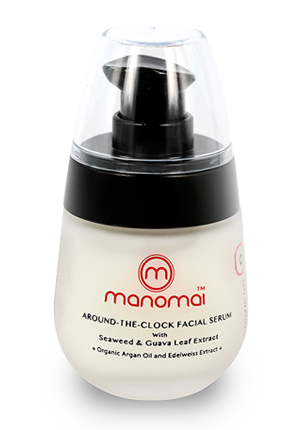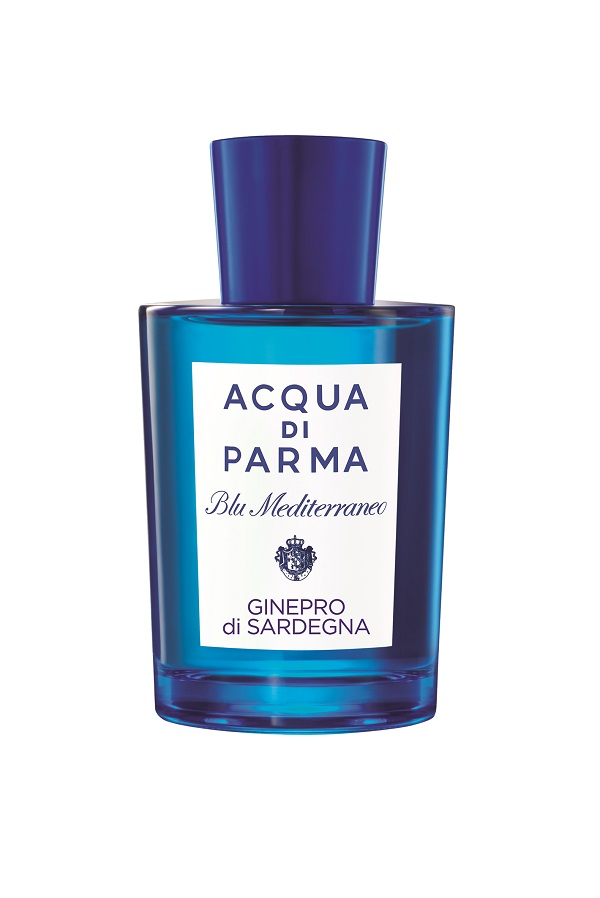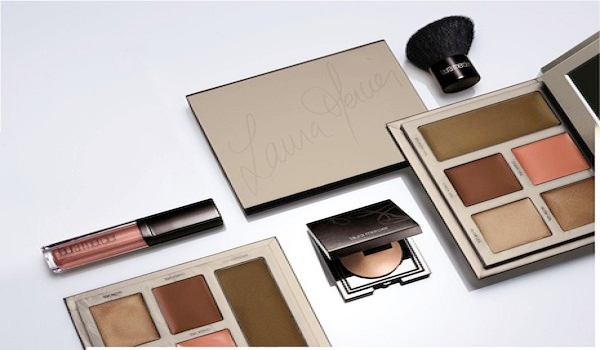Christian Louboutin at the Design Museum

It has been quite a year for Christian Louboutin. Not only has he celebrated the 20th anniversary of his immensely successful shoe-creating carrier, but also he has had a monograph published and become first ‘guest creator’ at famous Parisian club the Crazy Horse contributing into a cabaret scene, which influenced him so much when he was an adolescent. This inspiration also became a framework to his first UK retrospective exhibition, which is being showcased at the Design Museum from 1st May until 9th July 2012.
The exhibition is a show itself. The display is constructed as a non-chronological journey through Louboutin’s creative personality and inspirations. It provides a strong experience by its dramatic contrasts of dark and light rooms, seductive or vibrant spaces, allusive shadows, spotlights, carousel and sensuous fabrics. Every silhouette is playing a role of its own as a little handcrafted masterpiece, astounding architectonic construction, fetish or the only man-made addition to the dream-like figure of a showgirl.
After quitting school at the age of 12, young Louboutin was a frequent visitor in nightclubs and he was so captivated by it that he didn’t realized that dancers were actually wearing costumes. Feathers and sparklers were to him something natural and innate to those birds of paradise. Although he claims that he doesn’t have any ultimate ideal of femininity or a muse, a showgirl is a point of reference for most of his creations.
A high-tech holographic projection summons the queen of burlesque, Dita Von Teese to the museum space. Sitting inside a construction which is a huge inversion of a shoe exposing the famous Louboutin’s trademark; glossy red sole, visitors can observe dancer’s transformation from and back into oversized stiletto, proceeding and following her wriggling striptease.
“Every women wants to be a showgirl”, asserts the creator. Even if they don’t, they crave for his shoes, which became the indicators of style, glamour and feminine power. The creator seems to appeal to woman so well, because of a good understanding and respect for their changeable nature. He was raised by women, observing the roles played by his mother and his three sisters, who included him in his youth into their female realm, from which every mature male was excluded. Louboutin perceives a shoe as complement of a foot and he always finishes the project while somebody is wearing it. Shoes should be worn, he says, but they must look beautiful and elegant rather than comfortable. However, their structure matters as women must be able to actually walk on those exorbitantly high heels, without padding them with veal carpaccio, as showgirls used to do.
But the exhibition covers not only recognizable women’s and men’s shoe-patterns, but also a series designed for ‘Fetish’ exhibition, presented at La Gallerie Du Passage in Paris in 2007. These impractical, eccentric shoes are highly disturbing themselves, as for example a vertical ballet pointe shoe with a high heel. The disquieting effect is strengthened by presenting them in strong spotlight, rotating in bell jars along with photographs by David Lynch.
The display not only creates a theatrical experience but showcase shoes as beautiful and well-designed objects. It also provides an insight into Mr Louboutin’s workshop, reproducing or rather suggesting his atelier. It indicates how the creator works, starting without a plan, drawing whatever pleases him. It also highlights some other very basic fact – that every shoe must be designed by somebody. A trivial fact, which can be truly revolutionary, as it was to Louboutin. He realized that he could actually create a genuine being out of his imagination when he started to sketch shoes while working at the Folies Bergères cabaret. For both Louboutin and the curator Donna Loveday, the design and creation process were of utmost importance. They even included a copy of designer‘s acrobatic trapezium.
The last 20 years have been quite a prolific period for Christian Louboutin also in the business terms. He has opened new boutiques around the world and fought for his intellectual rights to the red sole. Although he lost at court, the exhibition at the Design Museum clearly states who is the rightful user of the million-making emblem and guards Louboutin his position as an icon for the next decades.
Agata Gajda
























Facebook
Twitter
Instagram
YouTube
RSS